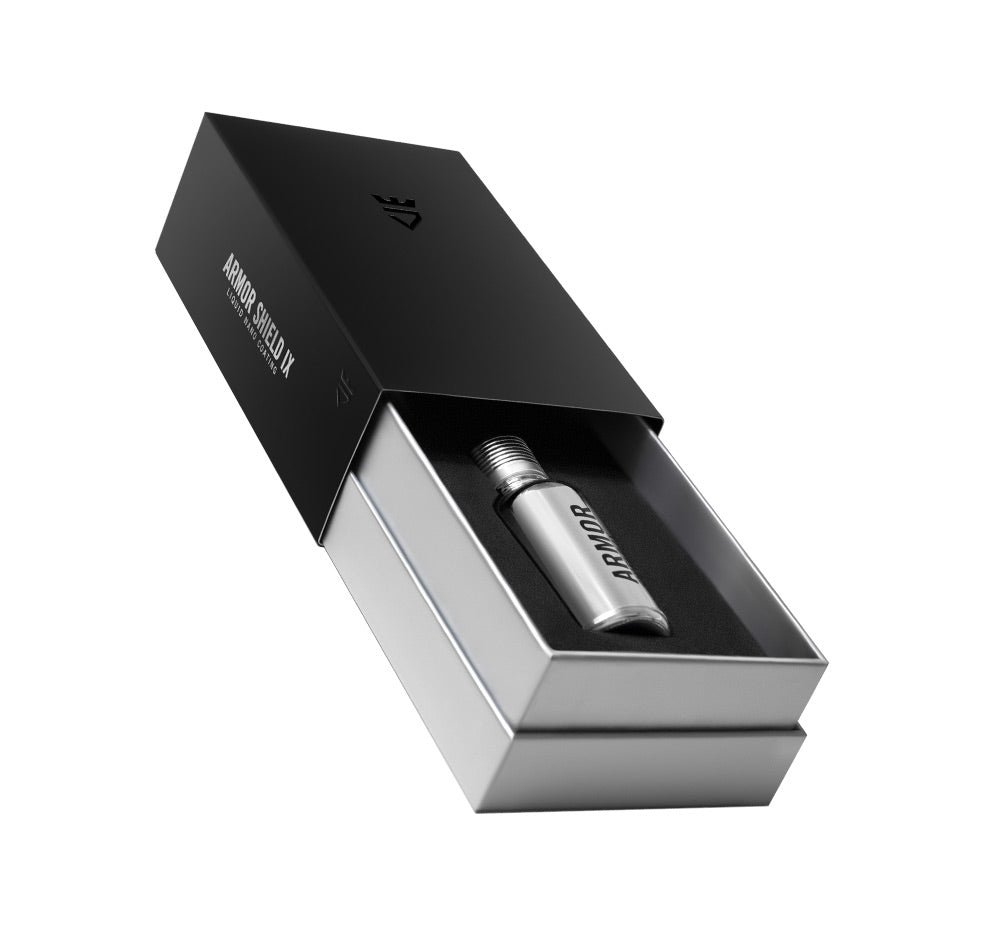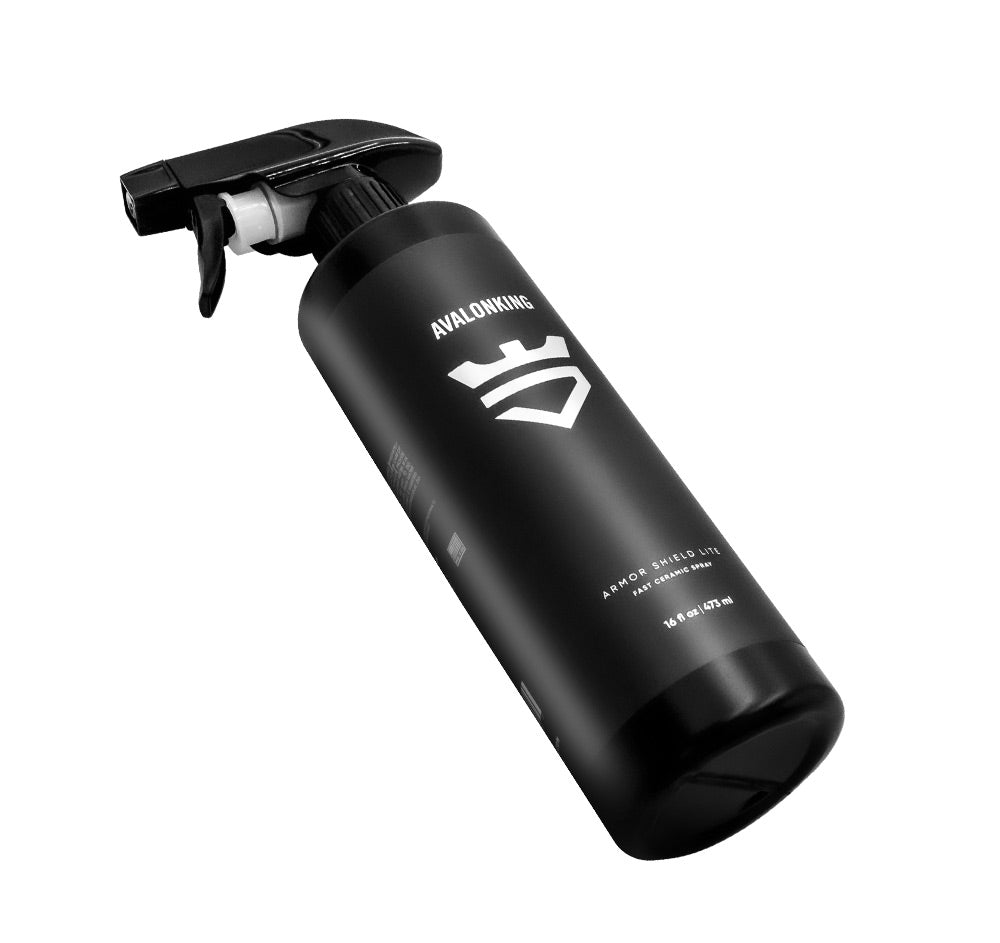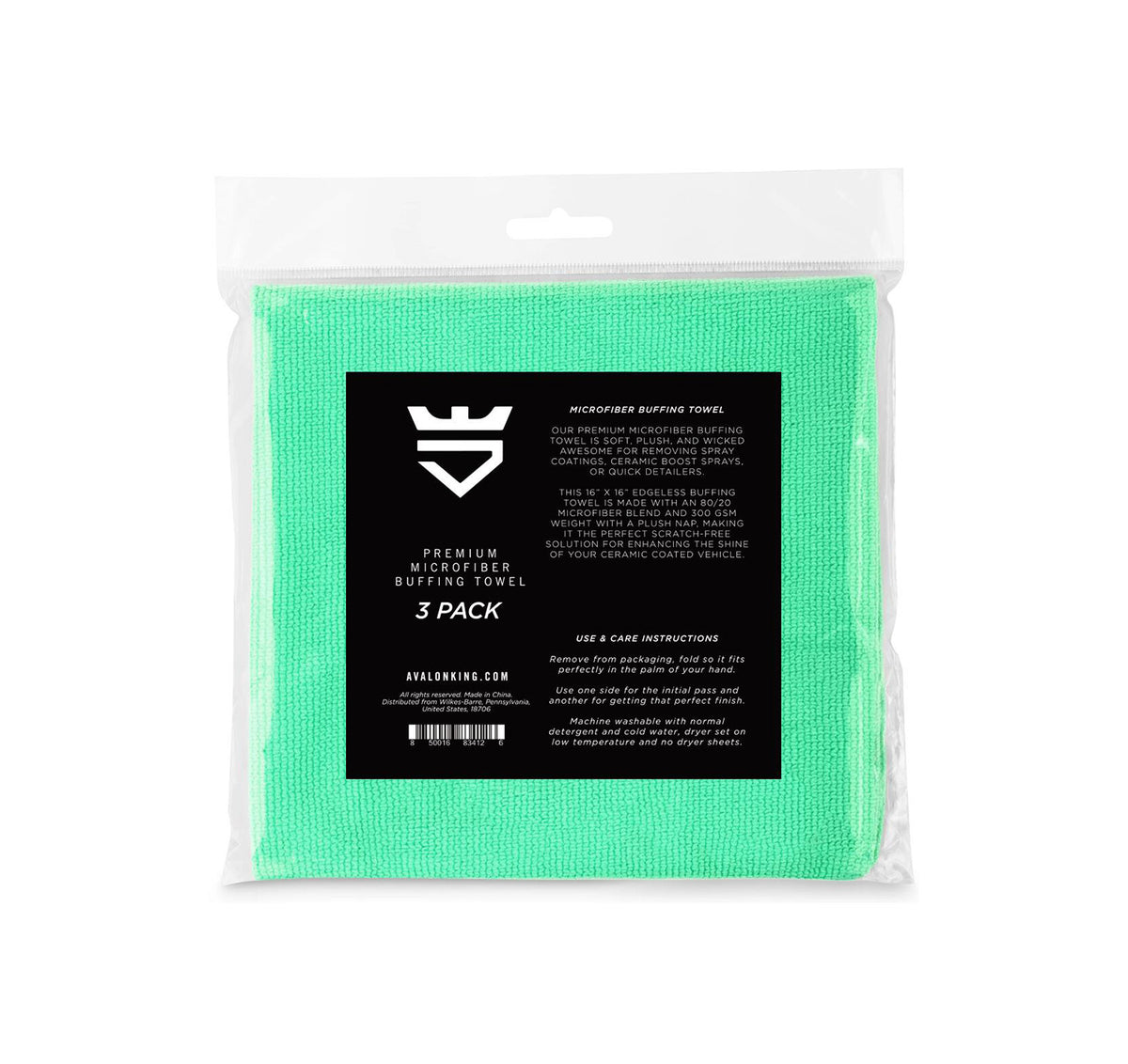What is Layering? Explained by AvalonKing
Layering is a crucial concept in the world of ceramic coating, and it's one that's often misunderstood. In this glossary entry, we'll delve deep into the intricacies of layering, exploring its purpose, benefits, and the techniques used to achieve it.
As a term, 'layering' refers to the process of applying multiple layers of ceramic coating onto a surface. This process is typically done to enhance the durability, glossiness, and protective qualities of the coating. But there's much more to layering than meets the eye, as we'll discover in the following sections.
The Purpose of Layering
One might wonder why layering is necessary in the first place. After all, isn't one layer of ceramic coating enough to provide protection? The answer lies in the unique properties of ceramic coating and the way it interacts with surfaces.
Ceramic coating, by its very nature, is thin and somewhat fragile. While it does provide a degree of protection, a single layer is often not enough to withstand the rigors of daily use. This is where layering comes in. By applying multiple layers of coating, you can significantly enhance its durability and longevity.
Enhanced Durability
Each layer of ceramic coating adds an additional level of protection to the surface. This is particularly important for surfaces that are exposed to harsh conditions, such as car exteriors. With each additional layer, the coating becomes more resistant to scratches, chips, and other forms of damage.
It's important to note, however, that there's a limit to how much durability can be achieved through layering. After a certain point, additional layers may not provide any significant benefits. This is why it's crucial to understand the optimal number of layers for your specific application, which we'll discuss in a later section.
Improved Glossiness
Another key benefit of layering is the enhanced glossiness it provides. Each layer of ceramic coating adds depth and shine to the surface, resulting in a high-gloss finish that's visually appealing. This is particularly beneficial for car owners, who often desire a showroom-like shine for their vehicles.
Again, it's important to note that there's a limit to how much glossiness can be achieved through layering. After a certain point, additional layers may not provide any significant benefits. This is why it's crucial to understand the optimal number of layers for your specific application.
The Process of Layering
Now that we understand the purpose and benefits of layering, let's delve into the process itself. Layering is not as simple as applying one layer of coating after another. It requires careful preparation, precise application, and adequate curing time between each layer.
The first step in the layering process is surface preparation. This involves cleaning the surface thoroughly to remove any dirt, grease, or other contaminants. Once the surface is clean, the first layer of ceramic coating can be applied.
Application of the First Layer
The first layer of ceramic coating is arguably the most important, as it forms the foundation for all subsequent layers. It's crucial to apply this layer evenly and thoroughly, ensuring complete coverage of the surface. This can be achieved using a microfiber applicator pad, which allows for precise control and even distribution of the coating.
Once the first layer is applied, it needs to be left to cure for a certain period of time. The curing process allows the coating to bond with the surface, forming a hard, durable layer. The exact curing time can vary depending on the specific product and environmental conditions, but it typically ranges from a few hours to a full day.
Application of Subsequent Layers
After the first layer has fully cured, subsequent layers can be applied. The process is essentially the same as for the first layer, but with one key difference: each subsequent layer needs to be applied slightly thinner than the previous one. This is because each layer adds thickness to the coating, and applying too much coating can result in a finish that's too thick and uneven.
Just like the first layer, each subsequent layer needs to be left to cure before the next one can be applied. This ensures that each layer bonds properly with the one beneath it, resulting in a strong, durable coating.
Optimal Number of Layers
One of the most common questions about layering is how many layers are optimal. The answer to this question can vary depending on several factors, including the specific product, the surface being coated, and the desired level of protection and glossiness.
As a general rule, most ceramic coating products recommend applying two to three layers for optimal results. However, some high-end products may recommend up to five layers for maximum durability and glossiness. It's important to follow the manufacturer's instructions to ensure the best results.
Considerations for Choosing the Number of Layers
When deciding on the number of layers to apply, there are several factors to consider. The first is the level of protection you desire. If you're looking for maximum protection against scratches, chips, and other forms of damage, you may want to opt for more layers. However, keep in mind that each additional layer adds to the cost and time required for the coating process.
The second factor to consider is the desired level of glossiness. If you're after a high-gloss finish, you may benefit from additional layers. However, as mentioned earlier, there's a limit to how much glossiness can be achieved through layering, and additional layers may not provide any significant benefits.
Limitations of Layering
While layering can significantly enhance the durability and glossiness of ceramic coating, it's not without its limitations. One of the main limitations is the time and cost involved. Applying multiple layers of coating requires more product, more time for application and curing, and therefore more cost. Therefore, it's important to weigh the benefits against the costs when deciding on the number of layers to apply.
Another limitation of layering is the potential for errors during application. Each layer needs to be applied evenly and thoroughly, and any mistakes can result in an uneven finish. This is why it's crucial to follow the manufacturer's instructions and use the right tools and techniques for application.
Conclusion
In conclusion, layering is a crucial aspect of ceramic coating that can significantly enhance its durability and glossiness. However, it's not as simple as applying one layer after another. It requires careful preparation, precise application, and adequate curing time between each layer. Furthermore, it's important to understand the optimal number of layers for your specific application and to weigh the benefits against the costs.
By understanding the intricacies of layering, you can make informed decisions about your ceramic coating process and achieve the best possible results. Whether you're a professional detailer or a DIY enthusiast, this knowledge can help you maximize the benefits of ceramic coating and keep your surfaces looking their best for years to come.
Ready to take your vehicle's shine and protection to the next level? Explore AvalonKing's premium selection of car care products, from advanced ceramic coatings to gentle car shampoos. With years of expertise in providing top-quality solutions, AvalonKing has everything you need to maintain your car's pristine condition. Check out our products today and experience the difference for yourself!










